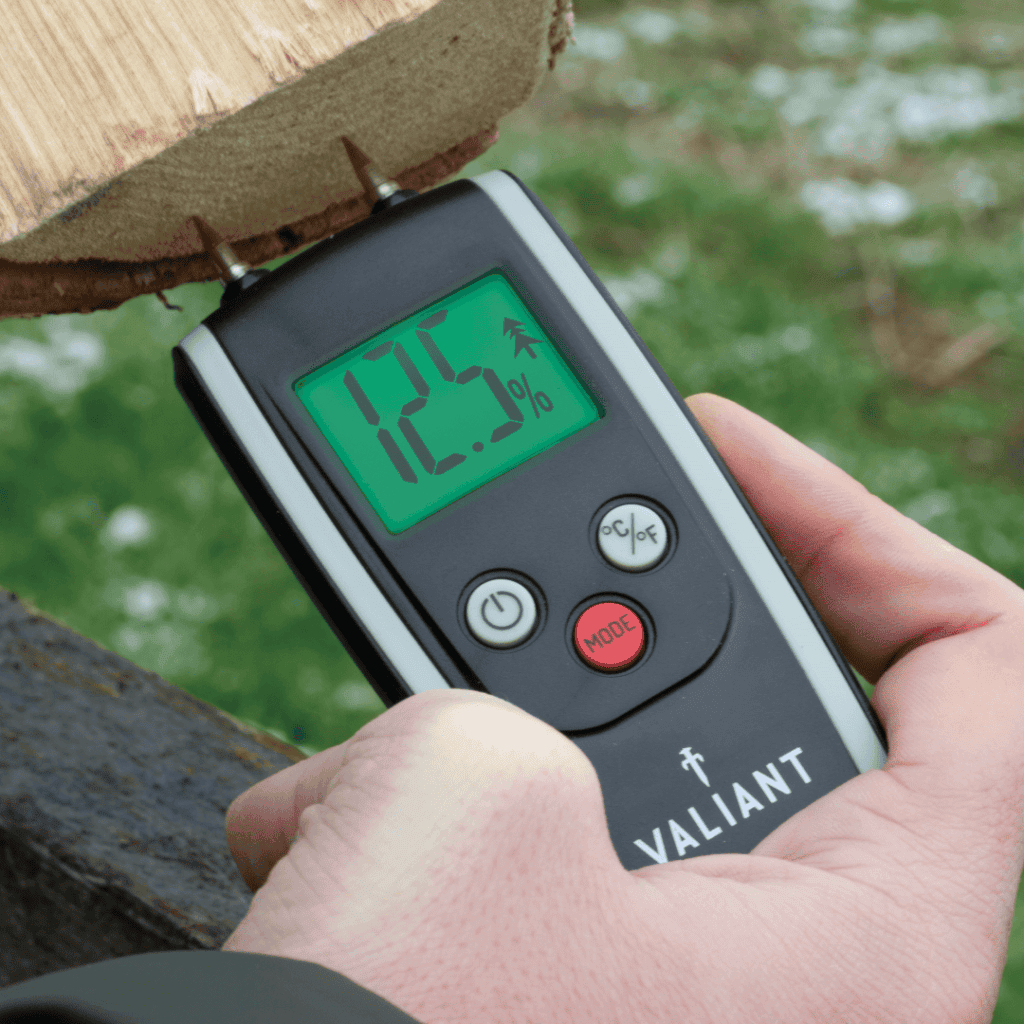In many households, the fireplace is more than just a source of warmth; it’s a centerpiece of home life and tradition. Whether you’re gathered around a crackling open fire or enjoying the steady heat from a contemporary wood-burning stove, the success of these moments largely depends on one key element: the dryness of the wood. This post will delve into the reasons why properly dried wood is vital for a safe, efficient, and pleasant fire in your home.
The Advantages of Using Dry Wood: Dry wood is essential for getting the most out of your fireplace. Here’s why it’s so important:
- Efficiency: Dry wood burns more effectively than its wet counterparts, generating more heat and less smoke. This not only warms your home more efficiently but also means less creosote build-up in your chimney, reducing maintenance costs and improving overall safety.
- Safety: Wet wood tends to produce a lot of smoke and soot, heightening the risk of chimney fires and deteriorating the quality of indoor air. Dry wood offers a cleaner burn, minimizing these risks significantly.
- Ease of Use: Starting a fire with dry wood is much easier, and it burns more consistently. This reliability is crucial during the chilly winter months when your fireplace becomes a primary heat source.
- Environmental Responsibility: Burning dry wood reduces the amount of emissions and pollutants released into the atmosphere, lowering your environmental impact and promoting better air quality around your home.
Tips for Keeping Your Wood Dry: To make sure your wood is always ready for the fireplace, consider these tips:
- Proper Storage: Keep your firewood in a dry, airy space like a shed or covered outdoor area. Elevate it off the ground and cover it to protect against moisture.
- Seasoning: If you’re cutting your own wood, let it dry (“season”) for at least six months to a year before burning. This process reduces moisture content, ensuring the wood burns efficiently.
- Moisture Monitoring: Using a moisture meter can help you keep tabs on your wood’s moisture levels. Aim for wood with a moisture content of 20% or lower, as this is ideal for burning.

- Stock Rotation: Implement a first-in, first-out strategy with your wood supply to use the oldest, driest pieces first. This helps prevent any of your stock from absorbing too much moisture over time.
Conclusion: The fireplace is an enduring symbol of warmth and relaxation in your home. Ensuring you use dry wood is key to maintaining a safe, efficient, and enjoyable fire. By understanding the importance of dry wood and implementing these care tips, you can enhance your fireplace experience, ensuring it continues to be a source of comfort and joy in your home for many years to come.










